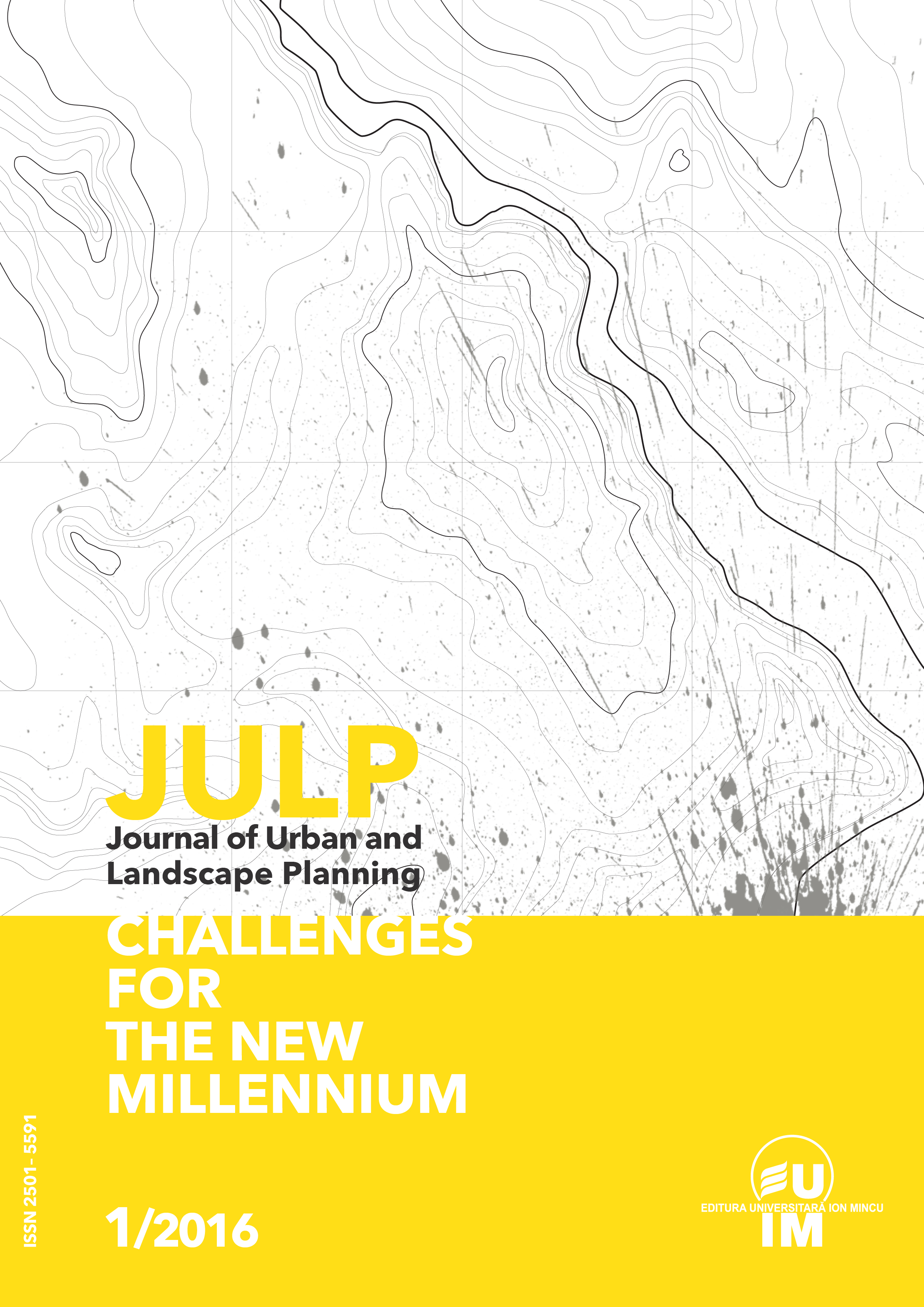Planning in Restrictive Environments - A Comparative Analysis of Planning Systems in EU Countries
Planning in Restrictive Environments - A Comparative Analysis of Planning Systems in EU Countries
Author(s): Radu-Matei CocheciSubject(s): Social Sciences, Fine Arts / Performing Arts, Essay|Book Review |Scientific Life, Geography, Regional studies
Published by: Universitatea de Arhitectură şi Urbanism »Ion Mincu«
Keywords: Planning instruments; environmental planning;, spatial planning; planning law
Summary/Abstract: The discontinuities in the geographical space determine one of the main functions of territorial planning – the realization of a balanced distribution of economic development between regions. In this context, the restrictive environment concept can have an increased applicability in planning processes, as it explains the constraints in economic development that often lead to these regional imbalances.The aim of this study is to identify, through the analysis of planning systems in two EU countries (France and Italy), the planning instruments used in the case of restrictive environments and compare them to the ones existing in Romania. The comparison criteria used were the administrative structure, the system of plans, the inclusion of elements related to restrictive environments in these plans and other specific tools for such territories.While the Romanian planning system shares some similarities with the other analysed planning systems, the insufficiently developed mechanisms, the superposition between different types of plans and sectoral policies and the changing institutional structure represent a problem in the management of restrictive environments
Journal: Journal of Urban and Landscape Planning
- Issue Year: 2016
- Issue No: 1
- Page Range: 78-94
- Page Count: 16
- Language: English

